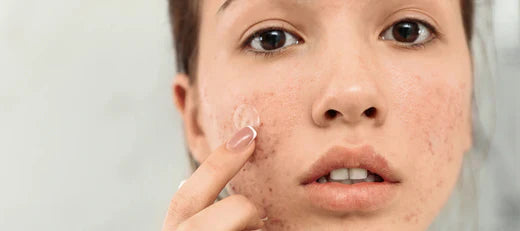
7 promising signs that your acne is healing
Introduction to acne and its healing process
Today, millions across the globe share the same skin problem — acne. This skin issue has been affecting people’s self-esteem and overall appearance for decades. No matter what type of acne one deals with, they may sometimes feel no end to the healing process.
However, that doesn’t mean that there’s no progress. But how do you determine whether the acne is healing or not? To answer this, the article highlights some of the most promising signs that acne is healing.
Understanding the causes of acne
Usually, acne is the result of severely clogged pores. There are a few primary things that might clog your pores and result in an outbreak of acne. Now let’s examine them:
- Hormonal Changes: One of the main causes of acne is puberty. When your body creates more sebum than it used to and you can’t consistently clean your pores, acne worsens.
- Excess Dead Skin Cells: These skin cells can cluster together to clog pores and give the appearance of a pimple as they pass through your skin’s surface.
- Your Skin Type: If you have oily skin, acne can also result from pore blockage caused by the excess oil on the skin’s surface.
Also read: Hormonal Acne: Causes and Symptoms of Hormonal Acne
Signs that acne is healing:
Healing from acne is not always time-bound. It is a procedure that, depending on the type and severity of acne, might take a few days to several weeks. Here are the seven signs acne is clearing up:
-
Reduced inflammation
A key stage in the healing of acne is indicated by decreased inflammation. Lesions show active repair and regeneration of injured skin tissue when they get smaller and less red. This is also the result of the body’s inflammatory reaction decreasing.
-
Decreased redness
Since the sebaceous glands overproduce sebum, which clogs pores and traps germs, acne usually begins as a red lump or blemish on the skin’s surface. The redness of your pimple should gradually go down as it progresses through its life cycle; this is a clear indication that your acne is mending.
-
Smaller pimples
The healing process of acne takes time, and you may notice that while some spots get better and go away, others continue to pop up. Although it can be annoying, this is quite common. What you want, though, is a gradual decrease in both the size and quantity of spots; over time, you should have fewer and smaller spots.
-
Diminished scarring
Reduced scarring is an indication that your acne journey is progressing! Smoother skin results from newly healed acne lesions that are less visible and have less depth. This shows that collagen is being properly rebuilt by your body’s natural healing mechanisms, reducing the likelihood of scarring. Accept these small changes as a first step toward clearer and scar-free skin!
-
Less painful breakouts
An inflammatory cyst or nodule could be the cause of a painful zit. As the condition moves through its phases and begins to heal, discomfort and pain should lessen. If the zit doesn’t go away, it could indicate that the inflammation is spreading rather than decreasing.
-
Less oily and improved skin texture
The accumulation of dead skin cells and sebum clogs pores, which facilitates the growth of bacteria. A decrease in oiliness indicates a more balanced sebum production, making the environment less favourable for acne. But watch out for overly harsh acne treatments—some can be quite drying, which can actually cause the skin to respond. Instead opt for acne treatments which are formulated for sensitive skin, like the range from The Pink Foundry.
-
Gradual disappearance of acne marks
Lessening acne scars is a subtle but important indicator of your skin’s healing process. Post-inflammatory hyperpigmentation and scarring eventually disappear when the inflammation decreases and collagen increases. This fading, an indication of how resilient your skin is, gives you hope for a more even, clearer complexion.
Tips for speeding the pimple healing process
-
Establish a skincare routine
Use a mild cleanser to get rid of extra oil and debris without dehydrating your skin. Even if you have oily skin, ensure your routine includes a cleanser and a non-comedogenic face moisturiser. For the best results, use the Clearing & Calming Acne Face Wash 100 ml from the house of The Pink Foundry.
-
Gently but consistently exfoliate
Dead skin cells can block your pores and cause breakouts; exfoliation helps eliminate them. To clear clogs, choose an exfoliant that contains chemicals like Salicylic Acid, which can penetrate the pore lining. However, as mentioned in the pointer before, use moisturiser, especially when planning to exfoliate.
Do not just use any moisturiser, as they may have an adverse impact. Always go for non-comedogenic moisturisers like The Pink Foundry’s Acne Care & Healing Gel Moisturiser with Tea Tree & Cica.
-
Keep yourself hydrated and eat a balanced diet
Water consumption reduces oil production by hydrating your skin from the inside out. Consuming a well-balanced diet high in antioxidants can also improve the health of your skin, helping to stop breakouts.
Also read: How to Reduce Pimples On Face Effectively
Conclusion
Now that you know the signs of the pimple healing process, be consistent with your skincare routine. Pick the Best Quality Skincare products, like the ones from Pink Foundry, to maximise the acne-healing benefits and speed up the healing process. Good things take time, so be patient!
FAQs:
1. What triggers a climax of acne during adolescence?
Hormonal changes due to adolescence can enhance sebum production. This can result in acne and oily skin.
2. Which part of the face is more likely to get acne?
In the oilier parts of your face, such as the nose and forehead, acne may be more likely to appear if you have combination skin.
3. What causes acne to appear in people?
Excessive production of sebum and dead skin cells block pores. Then, bacteria (particularly Propionibacterium acnes) may become lodged in the pores and proliferate.
4. How do pimples come about?
Pimples form when excess oil from the sebaceous glands produces clogs in hair follicles after mixing with dead skin cells. This blockage fosters germ growth, leading to inflammation and the appearance of a pimple.
5. How long do I need to wait for my pimples to heal?
Remember that patience is essential. Have faith in the acne healing process and acknowledge each mark’s disappearance as a milestone in your recovery.
6. What are the stages of acne healing?
Acne healing usually involves inflammation, shedding damaged skin, eliminating bacteria, and rebuilding healthy skin cells and tissues to normalise the area.
7. How can stress affect acne healing?
Stress increases cortisol, elevating oil production and inflammation and slowing acne healing. Managing stress levels can help normalise hormone activity for faster healing.
8. What are some common signs that acne is clearing up?
Acne-clearing signs include decreased redness, tenderness, and bump size, no new breakouts appearing, fading post-acne marks, and smoother skin texture and tone.

























































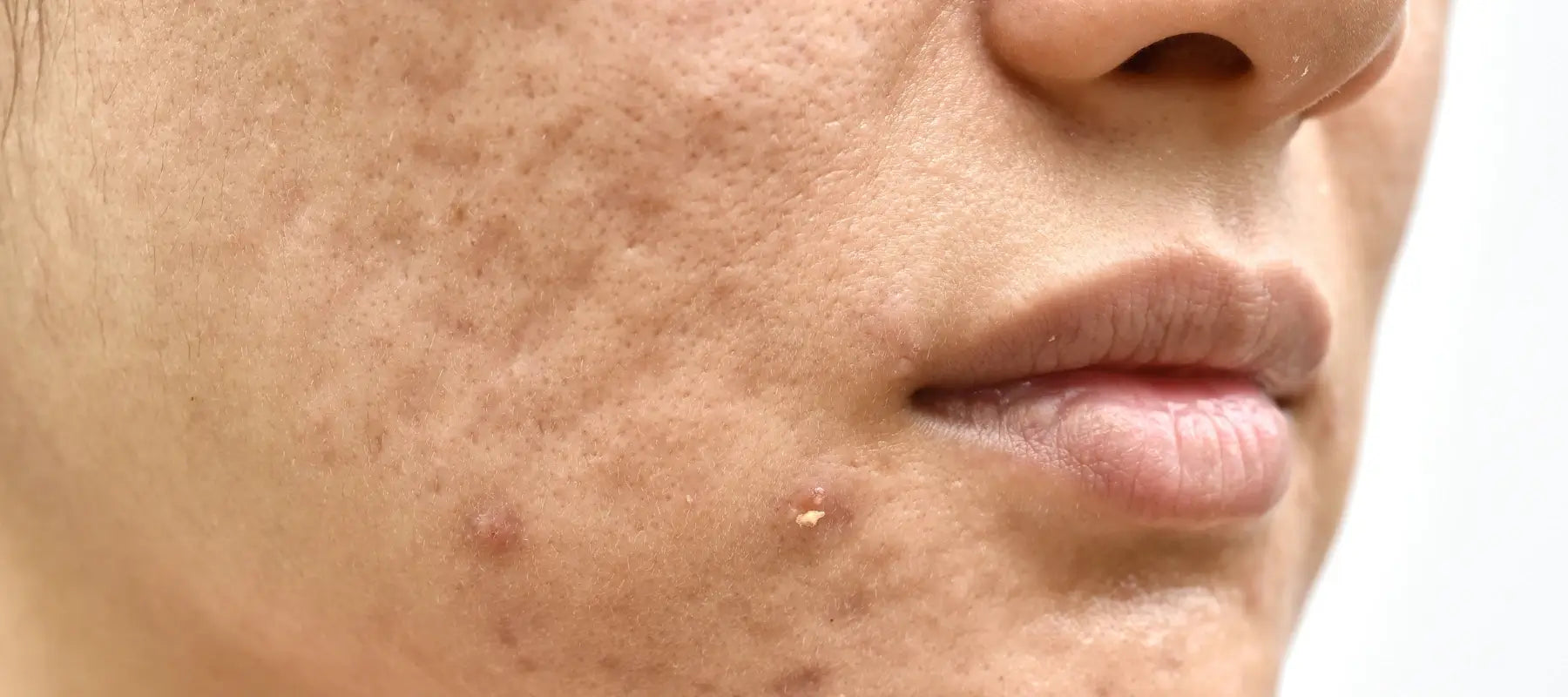
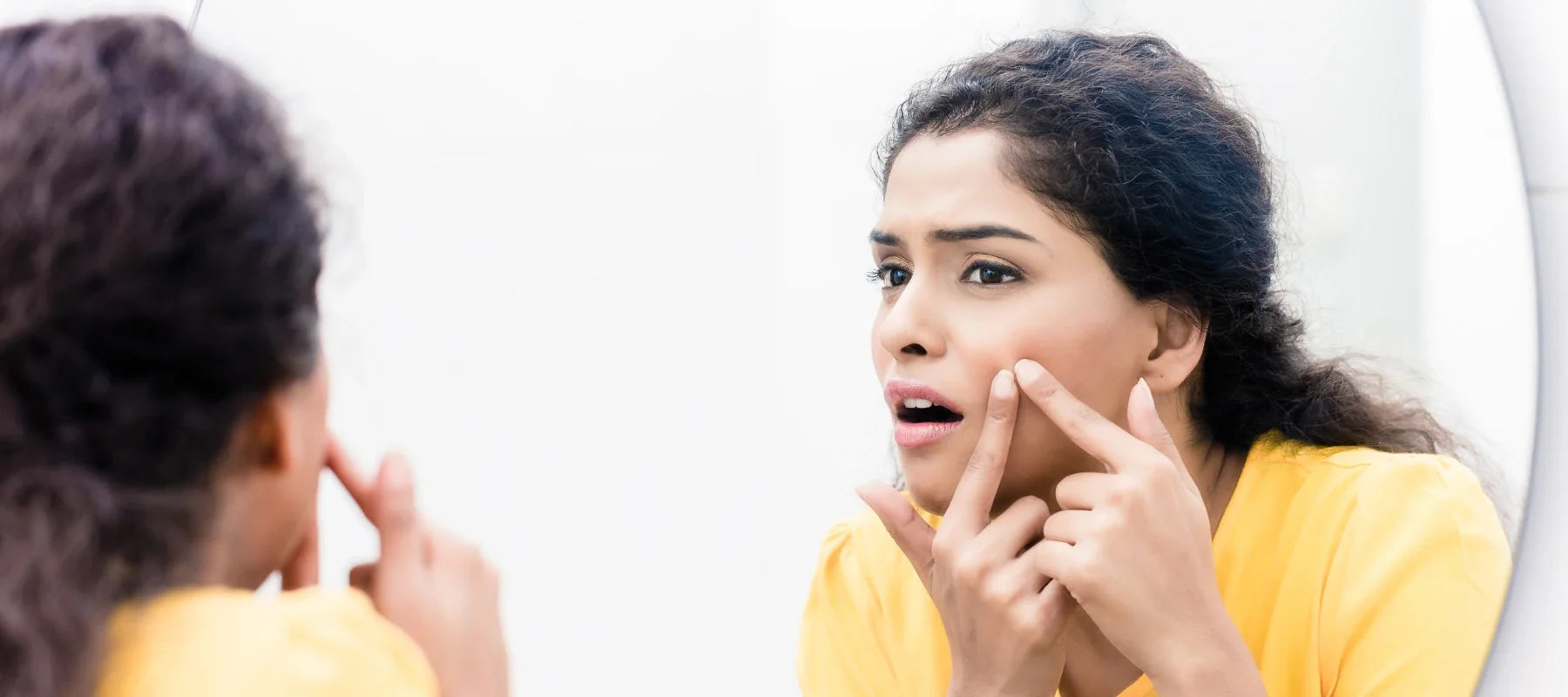
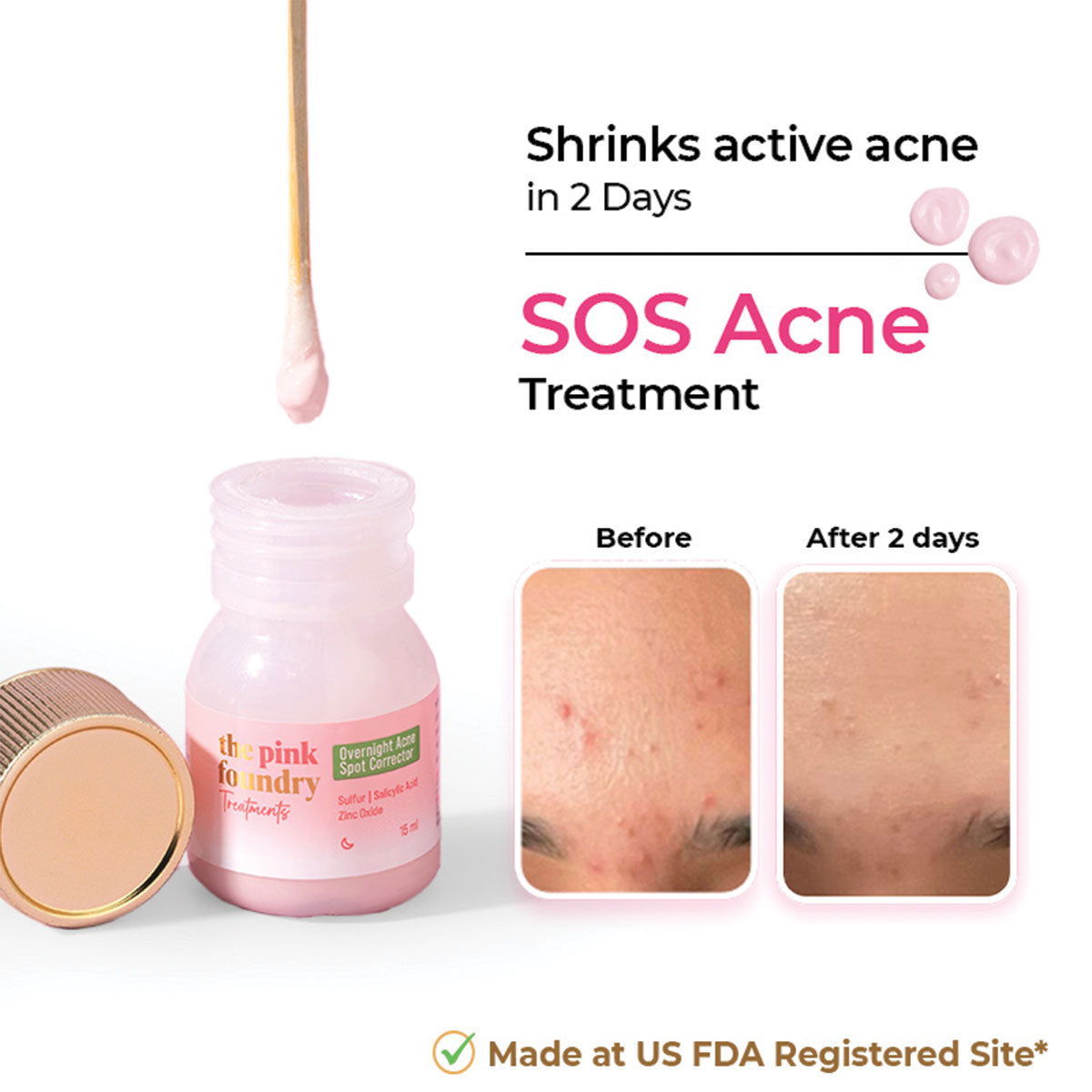
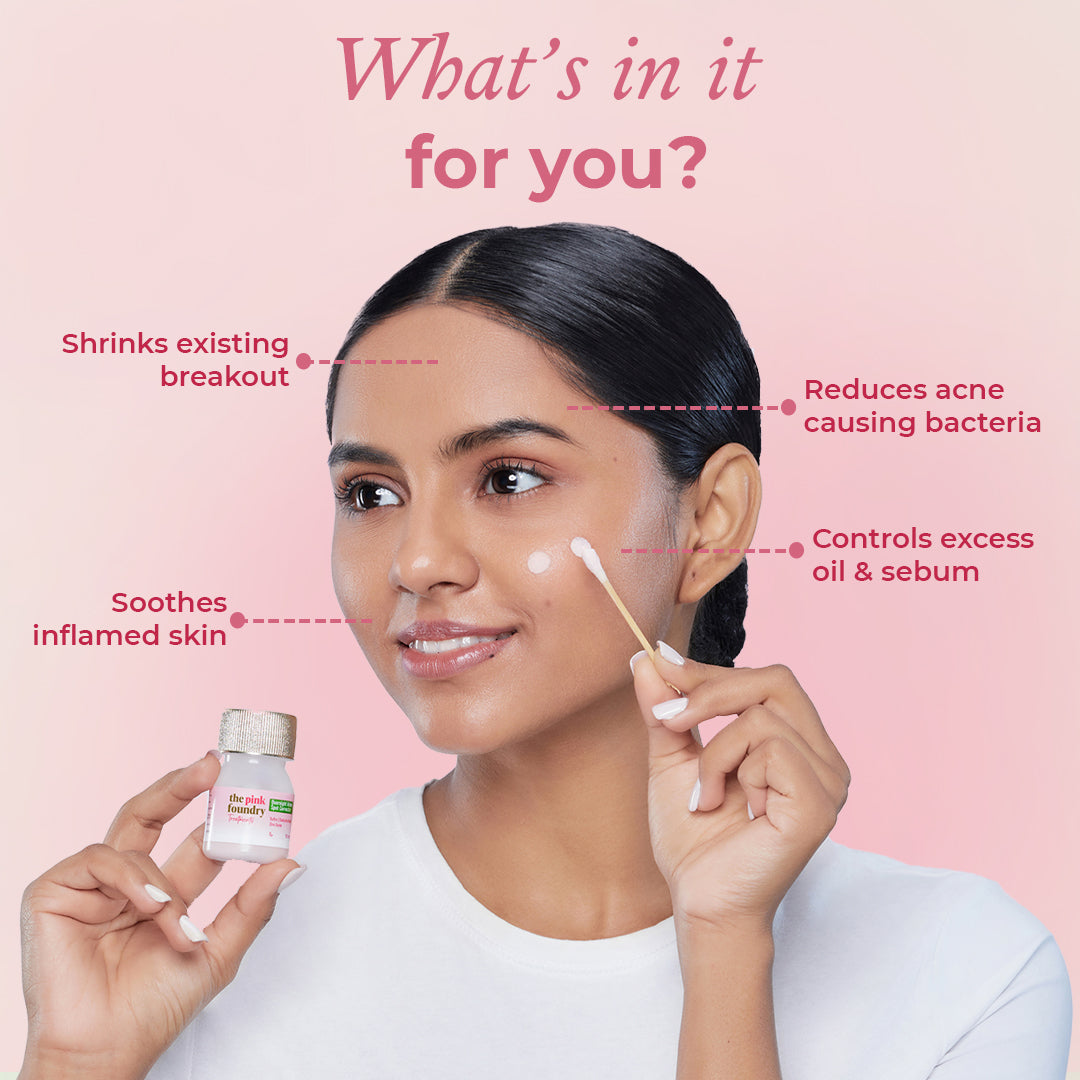
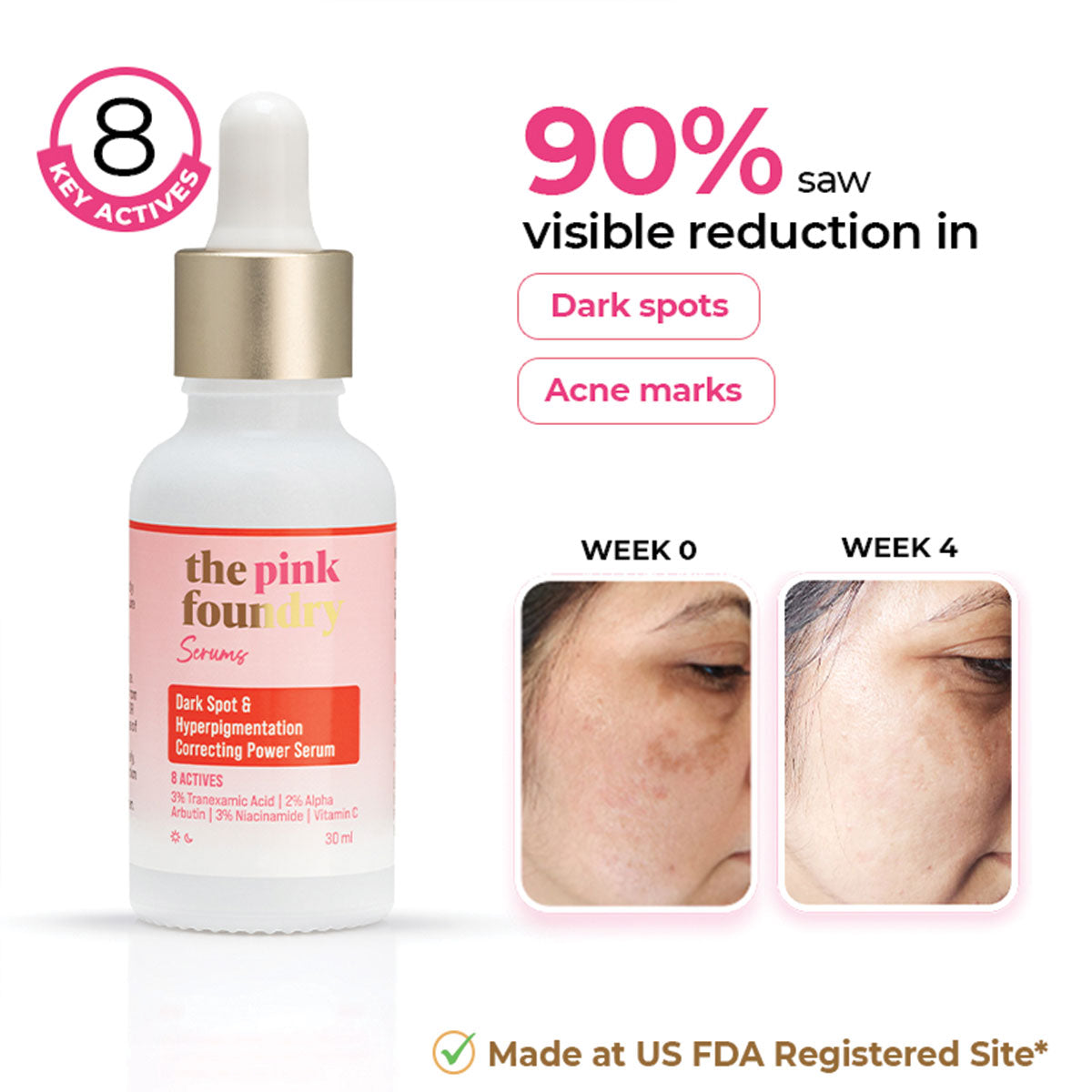
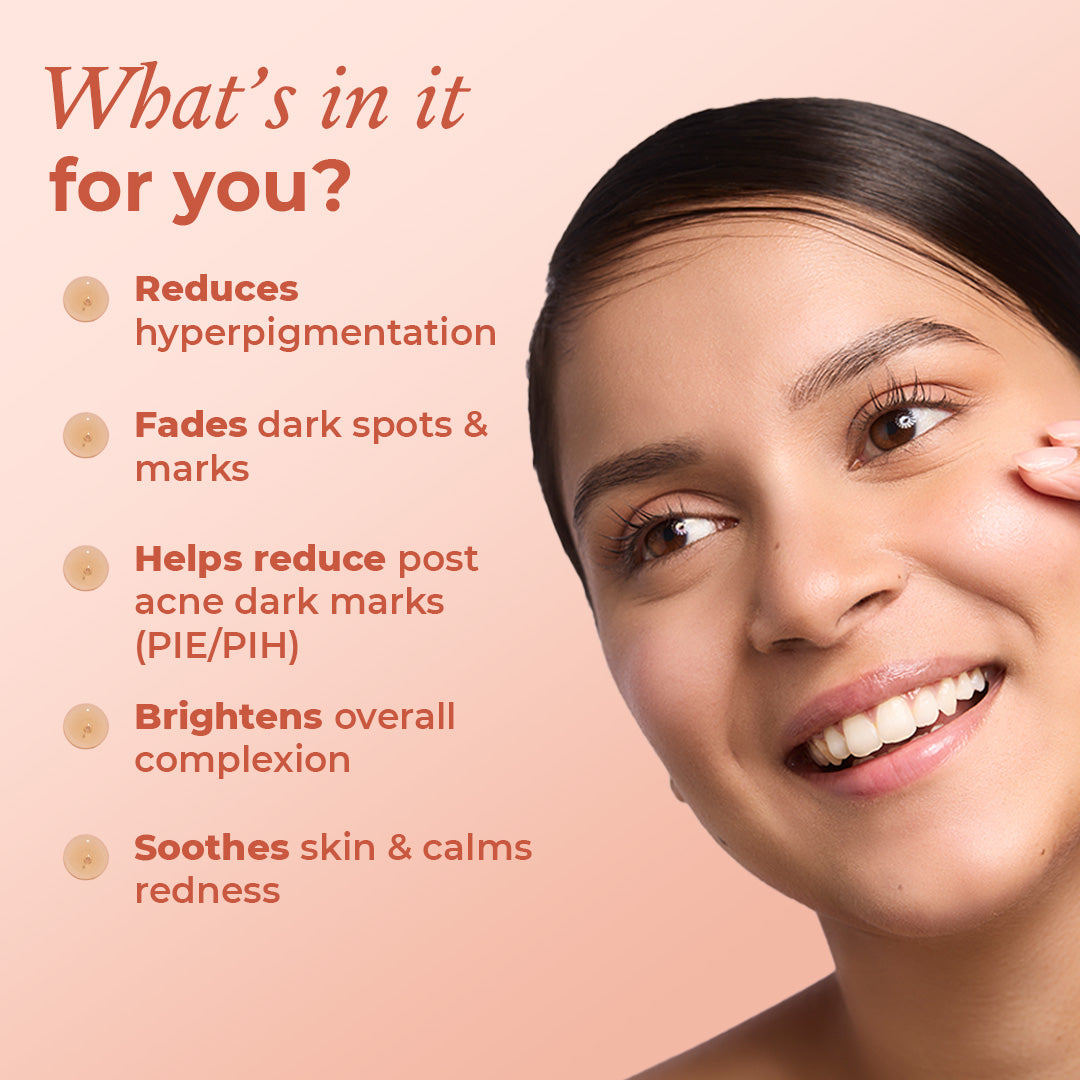
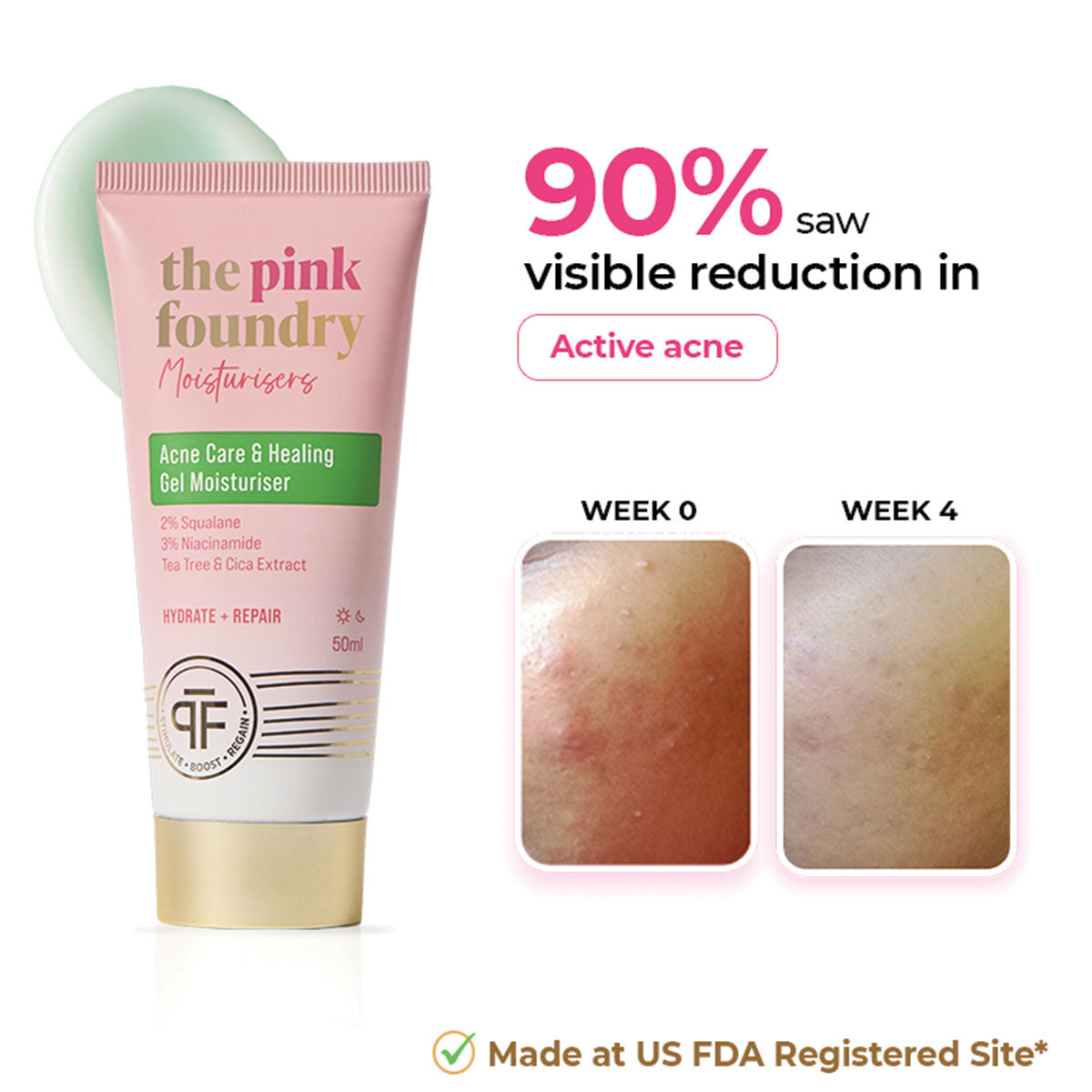
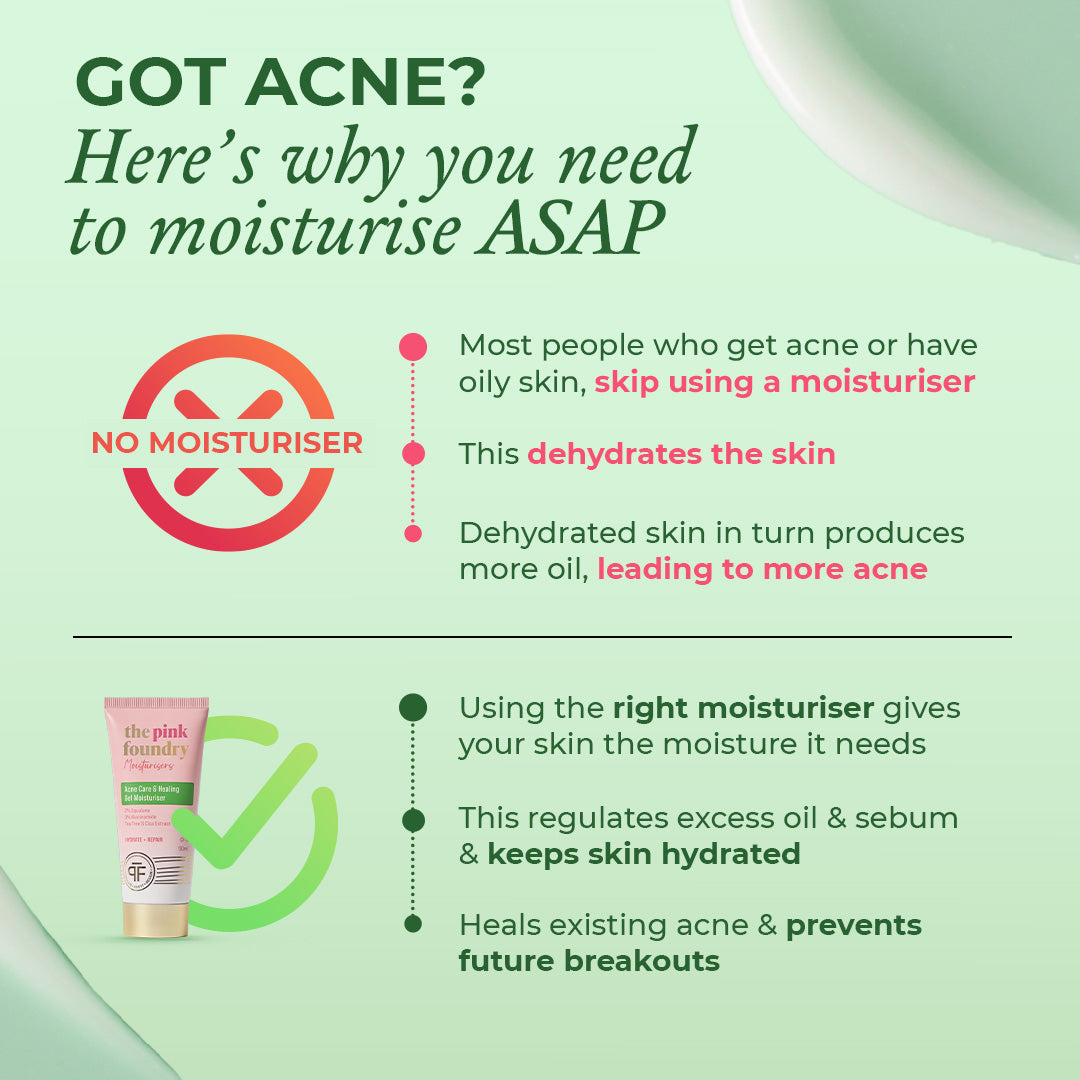
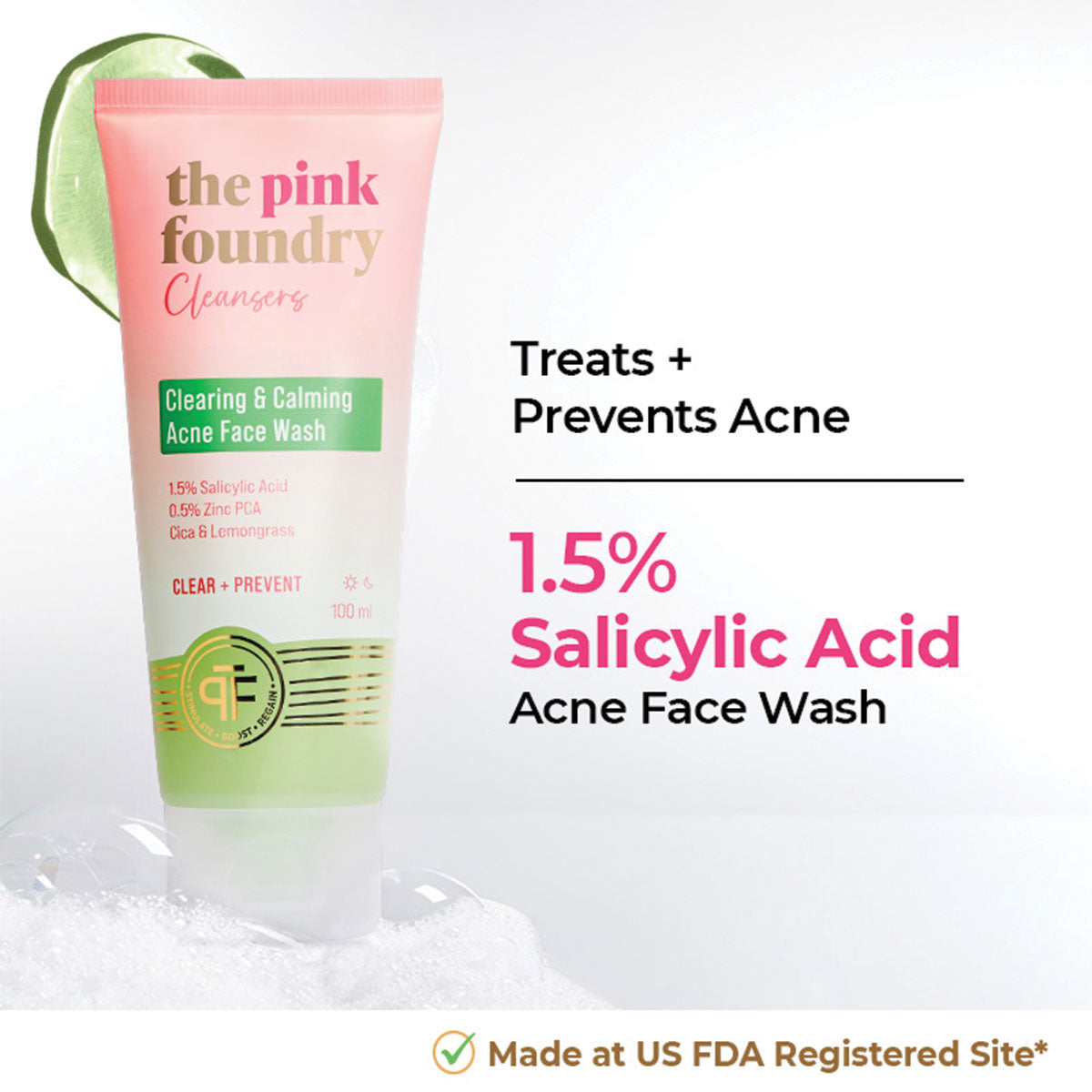
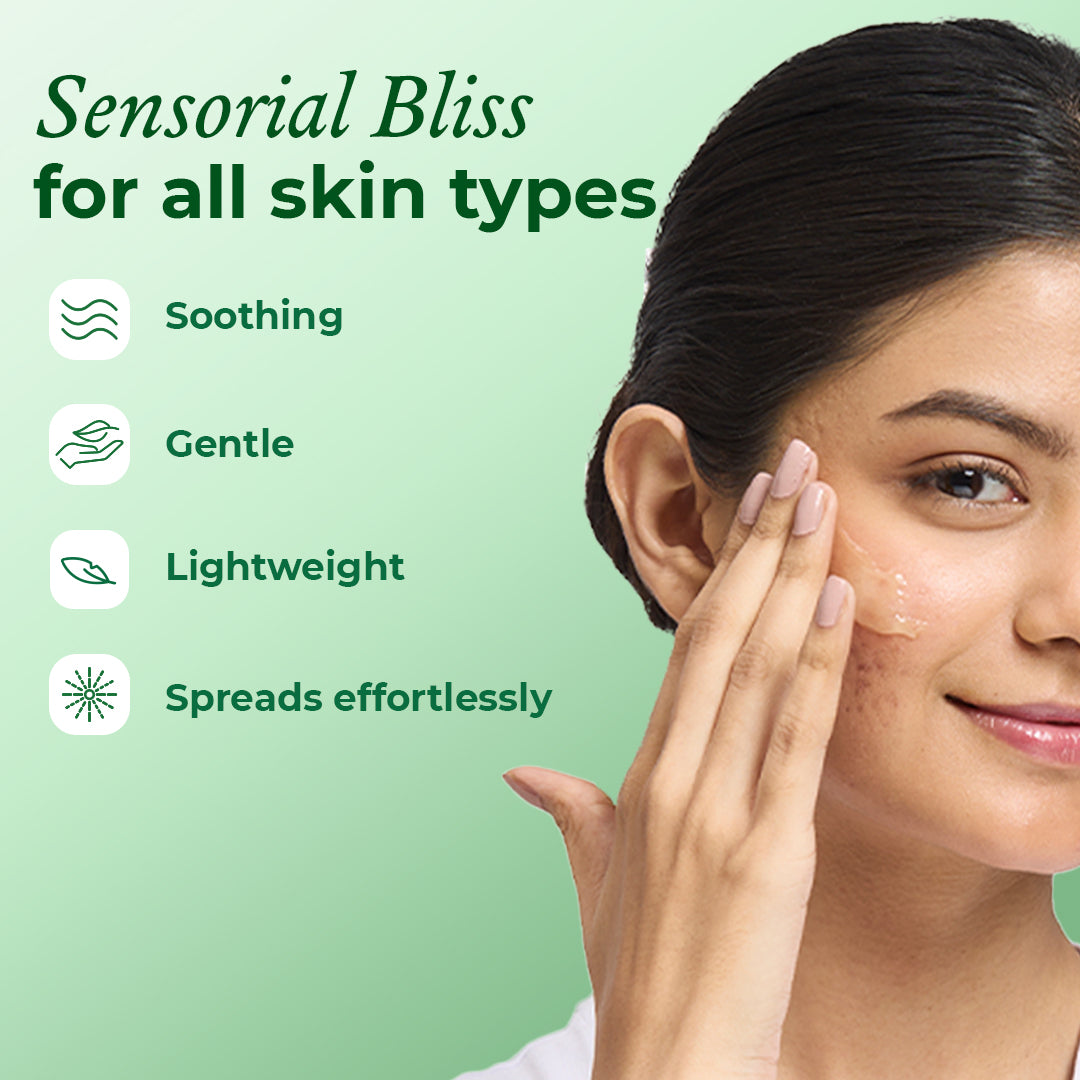
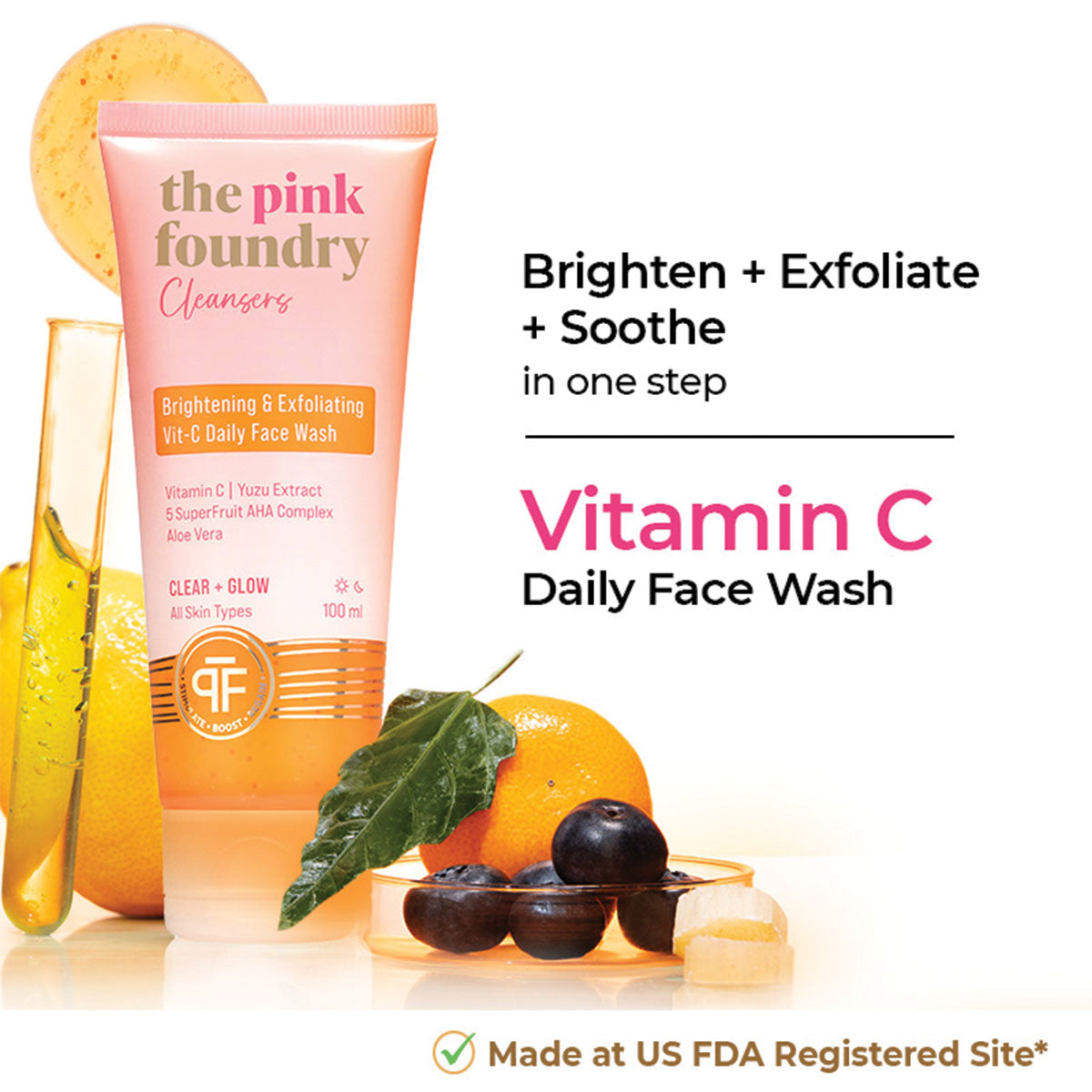
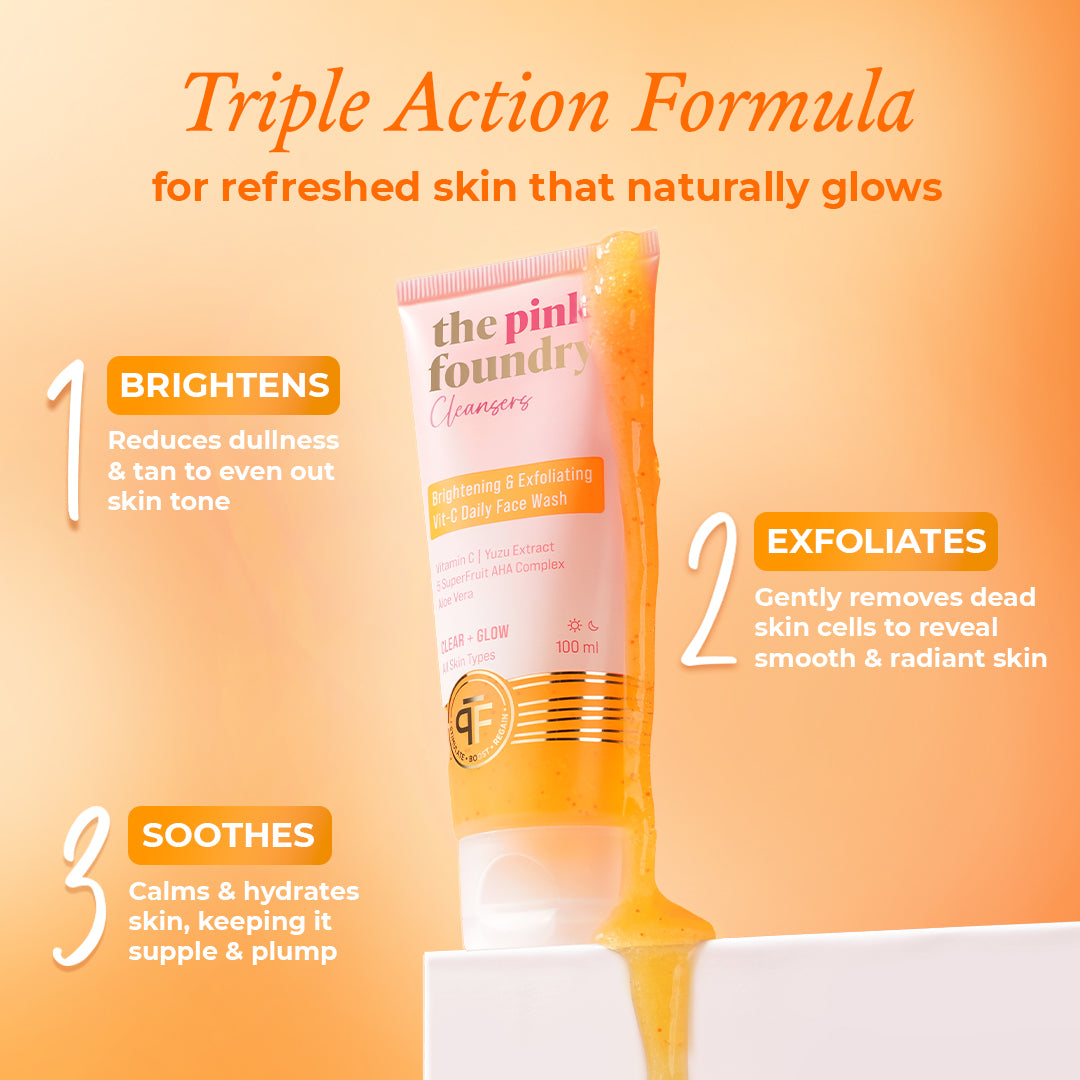

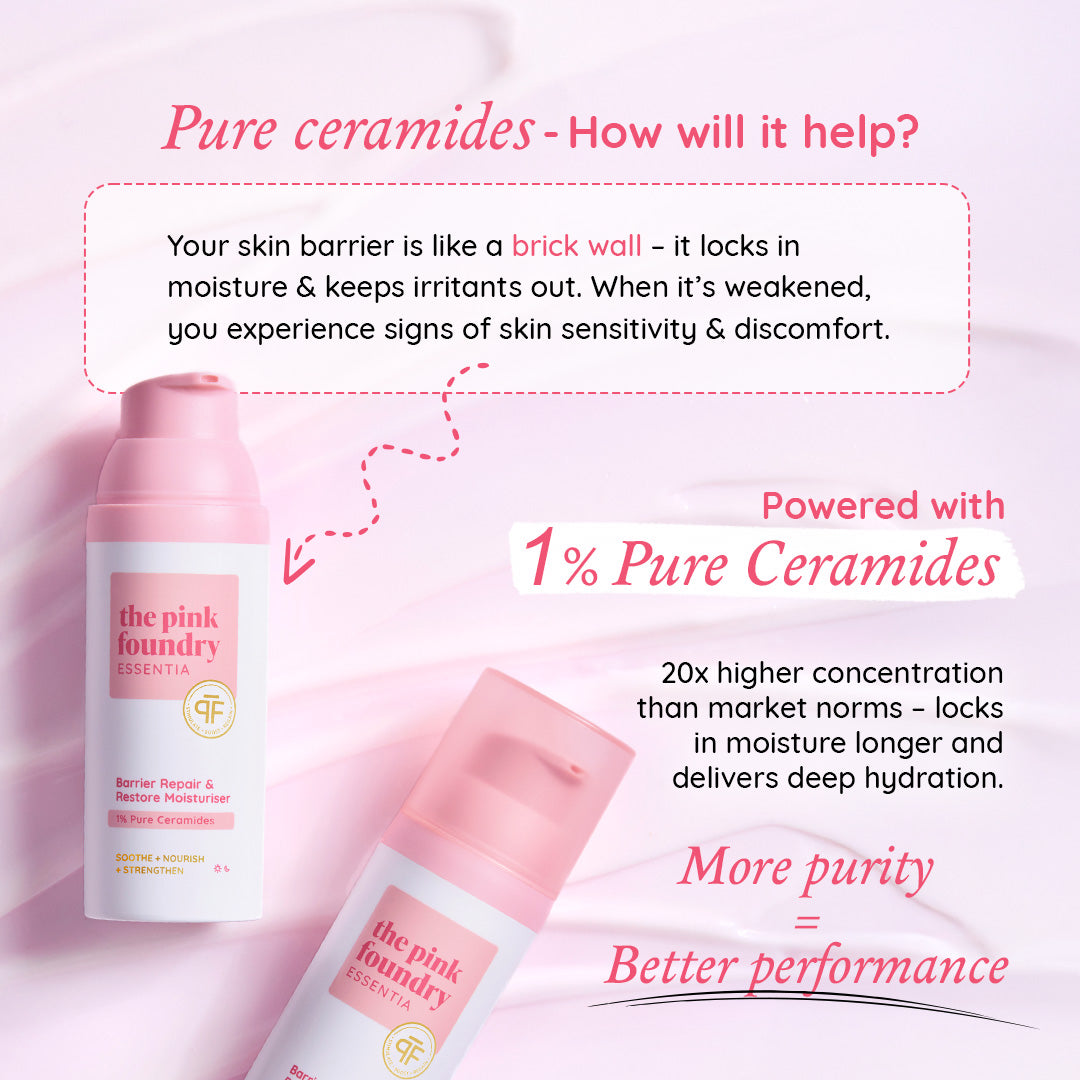




Leave a comment
This site is protected by hCaptcha and the hCaptcha Privacy Policy and Terms of Service apply.